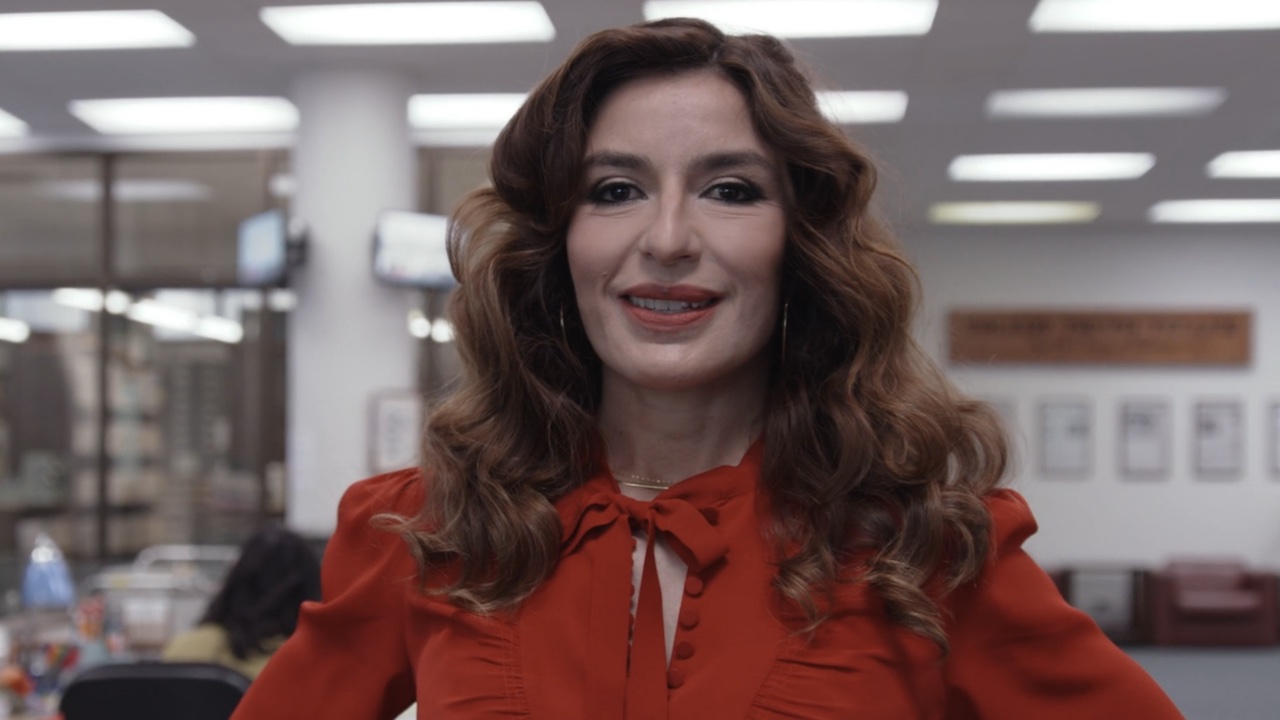One Part Of Sinners Keeps Unexpectedly Getting Stuck In My Head, And An Expert Explains Why
This is why it's not just the film's imagery that stays with you.
If you’ve seen Ryan Coogler’s genre-bending vampire drama Sinners, you know it’s more than just a new horror movie or one of the best horror movies in recent memory. Since it hit the 2025 movie release schedule, I haven’t gotten the music out of my head. I’ve been humming “Lied to You” for weeks, and apparently, I’m not alone. Like a lot of viewers, the songs stuck with me long after the credits rolled, and now an expert is shedding light on exactly why that is.
According to an expert who spoke to Northeastern Global News, the music in Sinners isn’t just atmospheric, it’s central to the film’s identity. James Gutierrez, a composer and assistant teaching professor at Northeastern University, says that Ludwig Göransson’s score succeeds because it doesn’t simply reference musical history; it immerses itself in it. As the expert explains:
He’s a composer who, unlike the traditional film composer, builds the sound off of archetypes that have been handed down for generations. His strength starts with a firm grounding in real musical contexts and traditions, but it takes flight in his ability to amplify not just their sounds, but their mythos: the sense of the timeless, unspoken, and universal story buried somewhere between the notes.
Göransson, known for his Oscar-winning work on Black Panther, draws directly from authentic Delta blues traditions while layering modern elements in subtle, emotionally resonant ways. The result? Music that doesn’t just support the story, but is part of the story itself.
Sinners is packed with elements: twin brothers, 1930s Mississippi, a juke joint, romance, and vampires. But its emotional heartbeat is music. The plot centers around a blues musician played by Miles Caton who takes the stage at a backwoods club. As he performs, the scene expands into something transcendent: past, present, and future collide. African drums rise behind the guitar riffs. A DJ scratches in echoes of modern hip-hop. It’s not just a performance, it’s a portal. And that’s exactly the point, Gutierrez continues:
You are ushered into it, too. It was making the blues known for what it actually did: captivate the American audience in the early 1900s. It’s grabbing the heart of the need to groove and the need to feel and the need to let go and join in.
Coogler and Göransson wanted to visualize the idea that some music is so powerful it transcends time, connecting generations. “It was making the blues known for what it actually did: captivate the American audience in the early 1900s,” Gutierrez says. “It’s grabbing the heart of the need to groove and the need to feel and the need to let go and join in.”
That kind of musical and emotional blend makes a song stick in your head long after the credits roll. It’s not just catchy; it’s deeply rooted in cultural memory. Göransson doesn’t just produce a “cool” soundtrack. He taps into archetypes: centuries-old rhythms, melodies soaked in struggle and joy. You feel it even if you don’t fully understand it.
The film doesn’t stop at blues either. Later in the movie, an unexpected musical shift brings in Irish folk music, as the vampire antagonist, Remmick, dances to “The Rocky Road to Dublin.” It’s jarring at first, but it works. Gutierrez points out that Coogler uses it to draw parallels between African and Irish Americans:
Your Daily Blend of Entertainment News
… their music helped them find a foothold of an economic hope.
Both groups used music as a way to endure hardship, and both were taken advantage of by the early music industry. That might be another reason Sinners chose vampires as its central monster: a symbolic stand-in for the “blood-sucking” music moguls who exploited young Black artists during the rise of “race records” at the turn of the century.
The music from Sinners gets stuck in your head, not just because it's catchy, but because it's made with a purpose. The rhythm is super infectious, but there’s also a ton of history, identity, and emotion packed into it. Göransson has a knack for making it all flow together perfectly. The music doesn’t just play in the background; it actually sticks with you. It haunts you, and in the best way possible.

Ryan graduated from Missouri State University with a BA in English/Creative Writing. An expert in all things horror, Ryan enjoys covering a wide variety of topics. He's also a lifelong comic book fan and an avid watcher of Game of Thrones and House of the Dragon.
You must confirm your public display name before commenting
Please logout and then login again, you will then be prompted to enter your display name.
